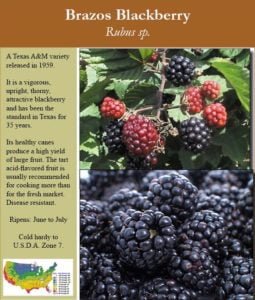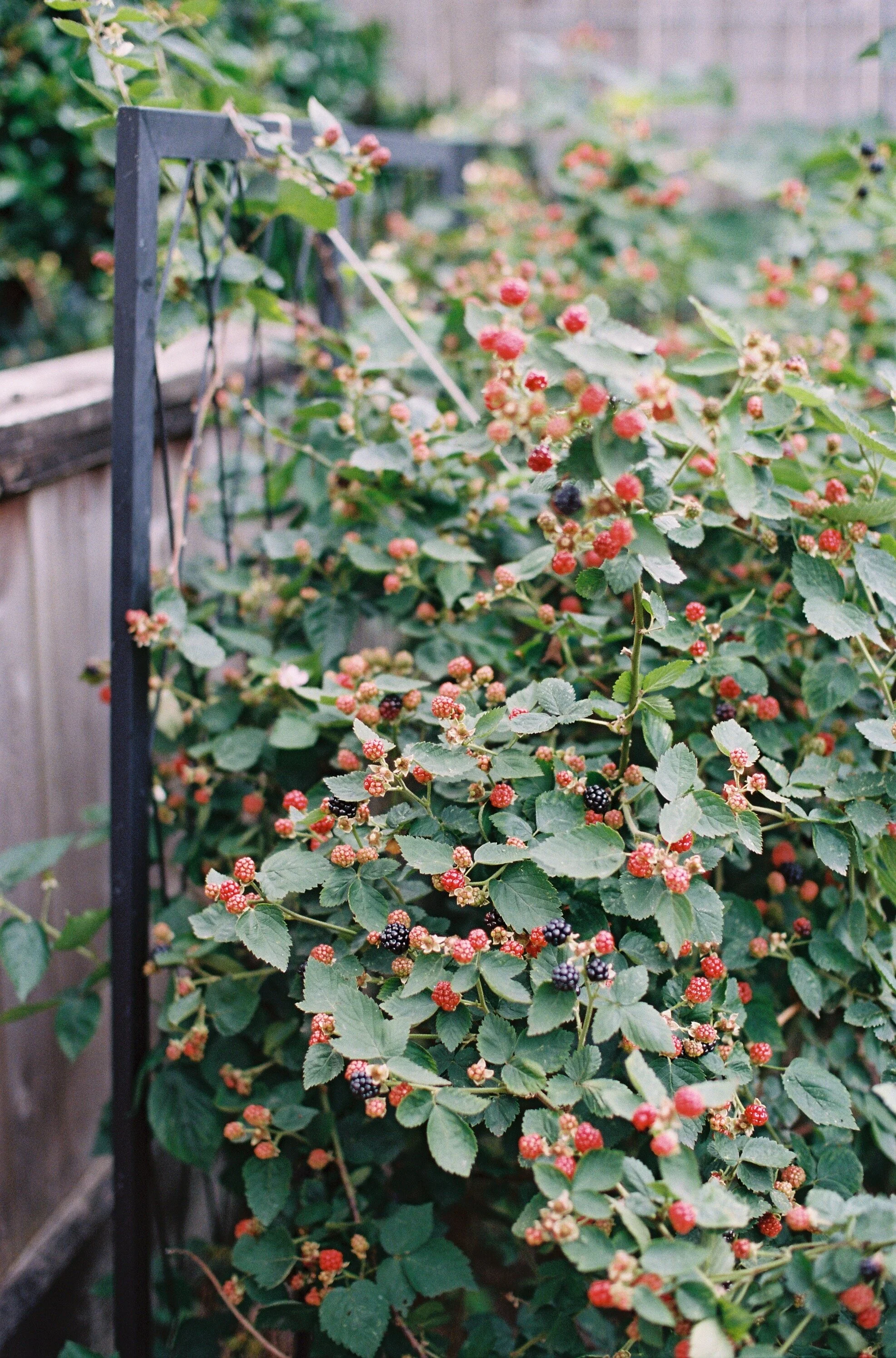Blackberries are a delightful addition to any garden, and Texas’ favorable climate provides the perfect opportunity to cultivate these luscious fruits. However, knowing the optimal time to plant blackberries in Texas is crucial for a successful harvest. Factors such as the region’s climate, soil conditions, and the specific variety of blackberries greatly influence the ideal planting time. In this article, we will guide you through the best timeframe to plant blackberries in Texas, ensuring that you achieve a bountiful harvest of these delectable fruits.
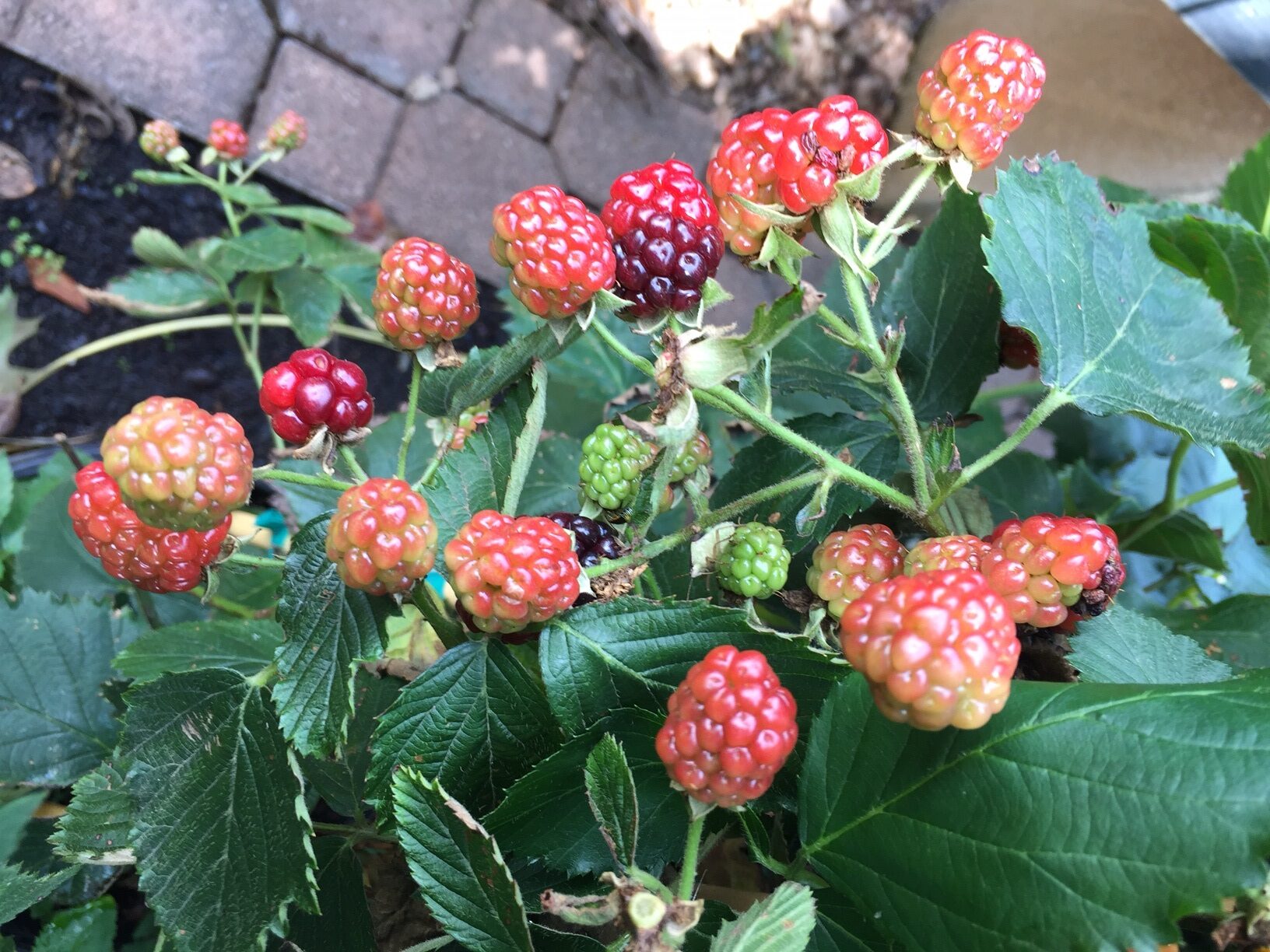
Factors to Consider
Climate
When considering when to plant blackberries in Texas, the climate plays a crucial role. Blackberries thrive in temperate climates, with ideal temperatures ranging between 60°F and 80°F. In Texas, which has a diverse climate, it is important to consider the region you are in and the specific requirements of blackberry varieties that are suited for that climate.
Varieties
Choosing the right blackberry variety is essential for successful growth and fruit production. There are several popular blackberry varieties that are well-suited for cultivation in Texas, such as Apache, Brazos, Natchez, and Rosborough. Each variety has its own unique characteristics, including differences in flavor, size, and disease resistance. It is important to research and select the variety that best fits your specific needs and the conditions of your planting site.
Site Selection
Selecting the appropriate location for planting blackberries is crucial for their overall health and productivity. Blackberries require full sun to thrive, so choose a location that receives at least six to eight hours of direct sunlight per day. Additionally, the soil should be well-draining and rich in organic matter. Avoid areas prone to waterlogging or with heavy clay soils. It is also important to consider the spacing and trellising requirements of the chosen blackberry variety when selecting the site.
Preparing the Soil
Soil Testing
Before planting blackberries, it is important to conduct a soil test to determine the nutrient levels and pH of the soil. This will help you make informed decisions about soil amendments and fertilization. Soil testing kits can be obtained from your local extension office or through commercial laboratories. By analyzing the results of the soil test, you can identify any deficiencies or imbalances and make appropriate adjustments.
Amending the Soil
Based on the results of the soil test, you may need to amend the soil to create optimal conditions for blackberry growth. Common soil amendments include organic matter, such as compost or well-rotted manure, to improve soil structure and fertility. Additionally, the pH of the soil may need to be adjusted using lime or sulfur to bring it to the desired range of 5.5 to 6.5. It is important to thoroughly incorporate these amendments into the soil before planting.
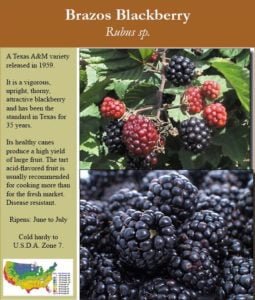
Planting Time
Fall Planting
In Texas, fall is an ideal time for planting blackberries. The period from late October to early December is often recommended for fall planting, allowing the plants to establish their roots before winter. Planting blackberries in the fall provides ample time for the plants to acclimate to their new surroundings and develop a strong root system, which leads to more vigorous growth in the following spring.
Spring Planting
If fall planting is not possible, spring is the next best time to plant blackberries in Texas. The recommended planting time for spring is between February and early April when the soil has thawed and temperatures have warmed up. Spring planting allows the plants to take advantage of the longer growing season and establish themselves before the harsh heat of summer arrives. However, it is important to note that spring-planted blackberries may require extra care and attention during their initial growth stages.
Preparing the Plants
Nursery Selection
Choosing high-quality blackberry plants from reputable nurseries is crucial for the success of your planting. Look for nursery-grown plants that are certified free from diseases and pests. The plants should have well-developed root systems and be free from signs of stress or damage. It is also important to select plants that are adapted to your specific climate and growing conditions.
Container Plants
Container-grown blackberry plants are a popular option for home gardeners. These plants are typically available year-round and can be planted at any time, as long as the soil is workable. When selecting container plants, look for ones with healthy foliage and a well-developed root system. It is important to handle the plants carefully, gently removing them from the container and planting them at the appropriate depth.
Bare-Root Plants
Bare-root blackberry plants are another option for planting. These plants are typically available from late fall to early spring when they are dormant. Before planting, inspect the roots to ensure they are moist and healthy. Soaking the bare-root plants in water for a few hours prior to planting can help rehydrate them. When planting bare-root plants, spread out the roots in the planting hole and cover them with soil, making sure the crown is level with the soil surface.
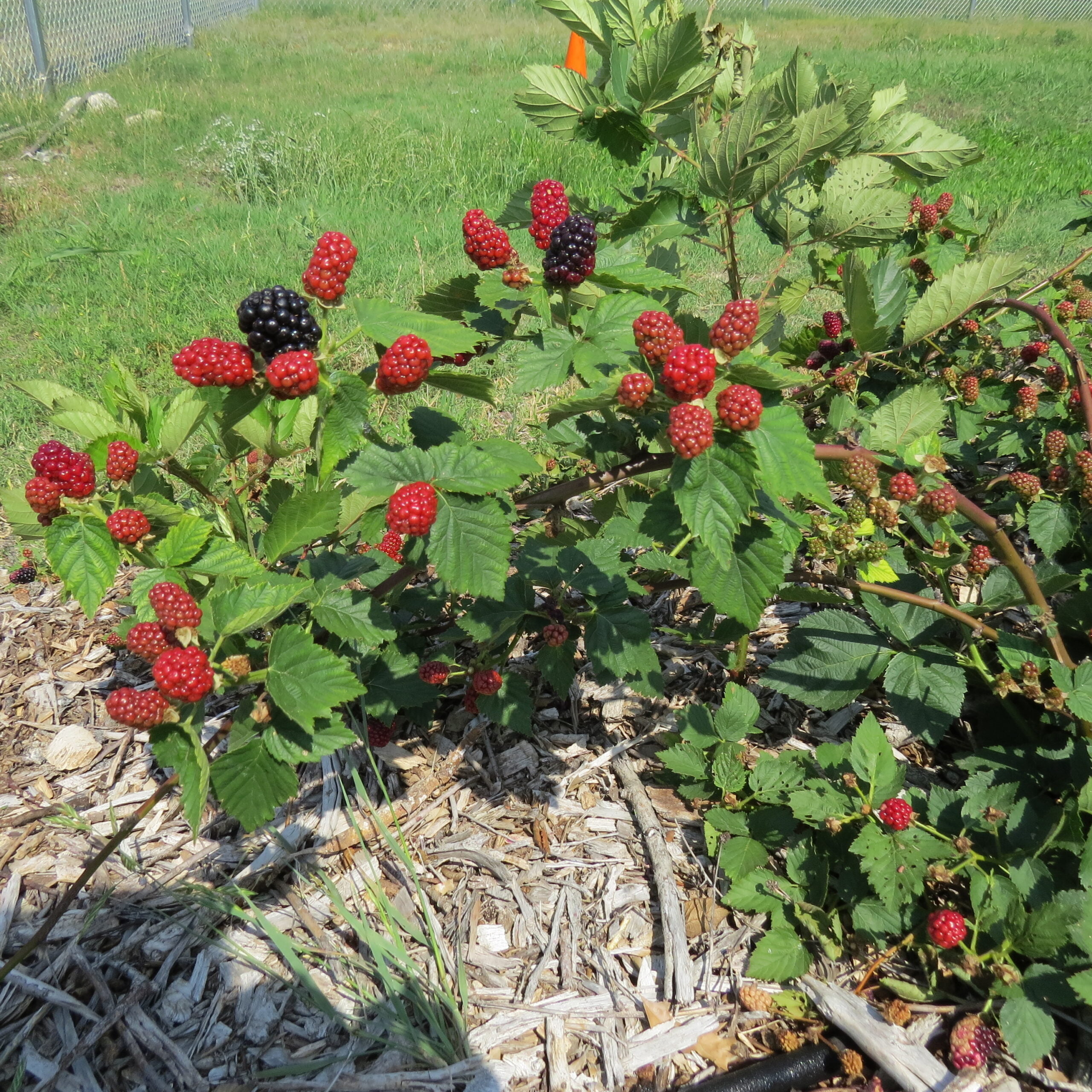
Planting Process
Choosing the Right Location
When planting blackberries, selecting the right location within your chosen site is crucial for their long-term growth and productivity. Choose an area with good air circulation to minimize the risk of disease. Also, consider the trellising system you plan to use and ensure there is enough space for the plants to grow and spread. Blackberries should be planted in rows, with approximately three to six feet of space between plants and ten to twelve feet between rows.
Digging the Hole
When planting blackberries, it is important to dig a hole that is wide and deep enough to accommodate the root system of the plant. A hole that is approximately twice the size of the root ball is typically recommended. Gently loosen the soil around the edges of the hole to encourage root penetration into the surrounding soil. Remove any weeds or grass from the area to minimize competition for nutrients and water.
Planting Depth
The planting depth of blackberries is critical for their success. After placing the plant in the hole, ensure that the crown, which is the junction between the roots and stems, is level with or slightly above the soil surface. Planting too deep can lead to crown rot, while planting too shallow may result in poor root development. Firmly backfill the hole with soil, gently tamping it down to remove any air pockets.
Spacing
Proper spacing is important in blackberry plantings to ensure good airflow and reduce the risk of disease. As mentioned earlier, plant blackberries with three to six feet of space between plants and ten to twelve feet between rows. This spacing allows the plants to receive adequate sunlight and minimizes competition for nutrients and water. It also facilitates easier maintenance, such as pruning and harvesting.
Watering
Watering is crucial during the initial establishment of blackberry plants. After planting, water the plants thoroughly to settle the soil around the roots and encourage root growth. Provide approximately one inch of water per week, either through rainfall or irrigation, throughout the growing season. It is important to water deeply and infrequently rather than shallowly and frequently, as this promotes deep root penetration and enhances drought tolerance.
Mulching
Mulching around blackberry plants offers several benefits. A layer of organic mulch, such as wood chips or straw, helps conserve moisture, suppress weeds, and provide insulation to the roots. Apply a two to four-inch layer of mulch, making sure to keep it a few inches away from the stems of the plants. Mulching also helps maintain a more consistent soil temperature and protects the roots from extreme heat or cold.
Post-Planting Care
Watering
Proper watering practices are essential for the ongoing health and productivity of blackberry plants. During the growing season, check the moisture level of the soil regularly and provide additional water if needed. Deep watering once a week is generally sufficient, but adjust the frequency based on weather conditions and the moisture retention capacity of your soil. Water in the morning to allow the foliage to dry out during the day and minimize the risk of disease.
Fertilizing
To promote healthy growth and fruit production, blackberry plants benefit from regular fertilization. Before applying any fertilizer, it is important to refer to the results of your soil test and adjust the nutrient levels accordingly. Generally, it is recommended to apply a balanced fertilizer, such as a 10-10-10 or 14-14-14 formulation, in early spring before new growth begins. Follow the manufacturer’s instructions for application rates and timing. Avoid over-fertilization, as it can lead to excessive vegetative growth and reduced fruit quality.
Weeding
Regular weeding is crucial to reduce competition for water, nutrients, and sunlight. Remove any weeds or grass that are growing in close proximity to the blackberry plants. Hand-pulling is often the best method, as it minimizes disturbance to the shallow root system of the blackberries. Applying a layer of mulch around the plants can also help suppress weed growth and reduce the need for frequent weeding.
Pruning
Pruning blackberries is essential for maintaining plant vigor, controlling their size, and maximizing fruit production. In Texas, the best time to prune blackberries is in late winter or early spring before new growth begins. Remove any dead, diseased, or damaged canes, as well as weak or overcrowded canes. Depending on the variety, blackberries can be pruned differently, so consult specific pruning guidelines for your chosen variety. Regular pruning also helps improve air circulation and reduce the risk of disease.
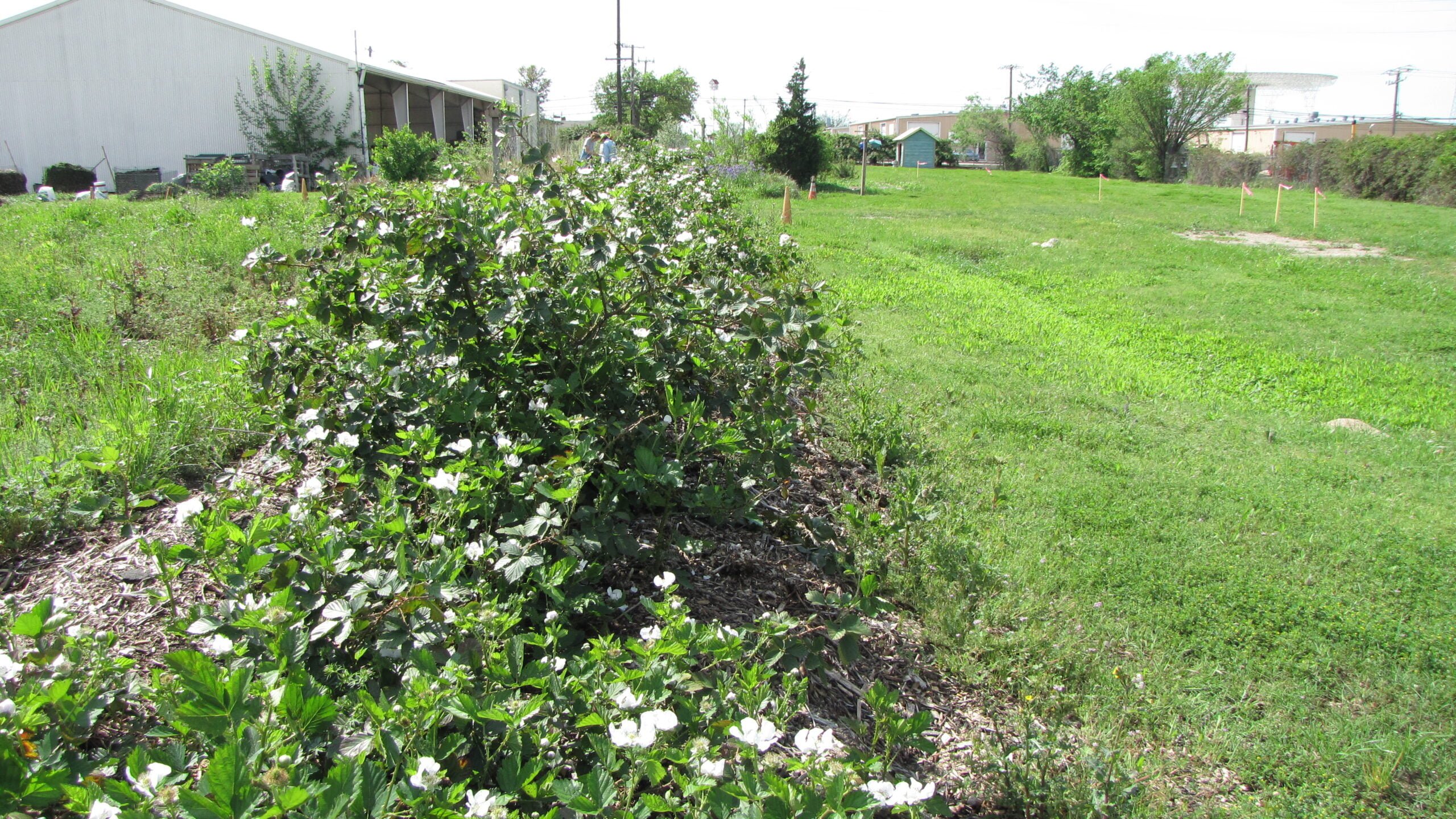
Common Problems
Diseases
Blackberry plants in Texas are susceptible to various diseases, including fungal and bacterial infections. Common diseases that affect blackberries in Texas include anthracnose, leaf spots, cane blight, and rosette. To reduce the risk of diseases, choose disease-resistant blackberry varieties and maintain good plant hygiene. This includes cleaning up fallen leaves and prunings, pruning out infected canes, and applying appropriate fungicides when necessary. Regular inspection and early intervention are key to managing and preventing disease outbreaks.
Pests
Blackberry plants can also be targeted by various pests, including aphids, spider mites, Japanese beetles, and raspberry fruitworms. Inspect your plants regularly for any signs of pests, such as chewed leaves, distorted growth, or fruit damage. Integrated Pest Management (IPM) techniques, such as regular monitoring, using physical barriers, biological control agents, and selective pesticide applications, can help manage pest populations. It is important to select pesticides that are labeled for use on blackberries and follow the instructions carefully to minimize any potential harm to beneficial insects and pollinators.
Harvesting Blackberries
Time to Harvest
The time to harvest blackberries in Texas varies depending on the variety and the prevailing weather conditions. Generally, blackberries start ripening in late spring or early summer, with peak harvest occurring in late June or early July. It is crucial to pay attention to the color and firmness of the berries to determine their ripeness. Blackberries should have a deep, glossy black color and should easily separate from the plant when gently pulled. Overripe berries may become soft and develop a dull appearance.
Harvesting Techniques
When harvesting blackberries, it is important to handle the berries gently to avoid damaging the fruit or the plant. Use clean, sharp garden shears or pruning scissors to cut the berries from the plant, leaving the stem attached. Avoid pulling or tugging on the berries, as this may damage the canes or the surrounding fruit. Place the harvested berries in shallow containers to prevent crushing or bruising. After harvesting, store the berries in the refrigerator and consume them within a few days for the best flavor and quality.
Conclusion
When it comes to planting blackberries in Texas, several factors should be considered to ensure successful growth and optimal fruit production. From selecting the right varieties and preparing the soil to understanding the planting process and post-planting care, each step plays a vital role in the overall success of your blackberry crop. By following the guidelines outlined in this article, you can confidently plant and grow blackberries in Texas, enjoying the bountiful harvests of these delicious and nutritious berries. Remember to consistently monitor your plants, address any issues promptly, and adjust your cultivation practices as needed to meet the specific requirements of your blackberry plants. With proper care and attention, you can reap the rewards of a thriving blackberry garden.
